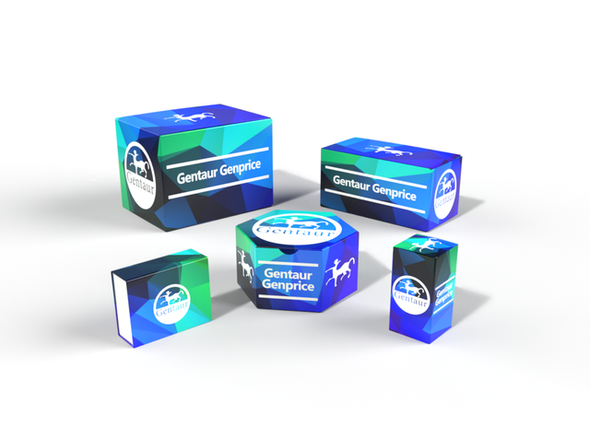740
Mouse Low-density lipoprotein receptor class A domain-containing protein 3 (LDLRAD3) ELISA Kit | AE60586MO
- SKU:
- 740-AE60586MO
- Availability:
- Usually ships in 5 working days
Description
Mouse Low-density lipoprotein receptor class A domain-containing protein 3 (LDLRAD3) ELISA Kit | AE60586MO | Gentaur UK, US & Europe Distribution
Species Reactivity: Mouse (Mus musculus)
Abbreviation: LDLRAD3
Alternative Name: N/A
Application: ELISA
Range: 7.8-500 ng/mL
Sensitivity: 3.6 ng/mL
Intra-Assay: ≤3.8%
Inter-Assay: ≤7.1%
Recovery: 0, 89
Sample Type: Serum, Plasma, Other biological fluids
Detection Method: Sandwich
Analysis Method : Quantitive
Test Principale: This assay employs a two-site sandwich ELISA to quantitate LDLRAD3 in samples. An antibody specific for LDLRAD3 has been pre-coated onto a microplate. Standards and samples are pipetted into the wells and anyLDLRAD3 present is bound by the immobilized antibody. After removing any unbound substances, a biotin-conjugated antibody specific for LDLRAD3 is added to the wells. After washing, Streptavidin conjugated Horseradish Peroxidase (HRP) is added to the wells. Following a wash to remove any unbound avidin-enzyme reagent, a substrate solution is added to the wells and color develops in proportion to the amount of LDLRAD3 bound in the initial step. The color development is stopped and the intensity of the color is measured.
Product Overview: LDLRAD3 Belongs to the LDLR family. Contains 3 LDL-receptor class A domains.The low density lipoprotein receptor gene family code for a class of structurally closely related cell surface receptors that fulfill diverse biological functions in different organs, tissues, and cell types. The role that is most commonly associated with this evolutionarily ancient family is cholesterol homeostasis (maintenance of appropriate concentration of cholesterol) . In humans, excess cholesterol in the blood is captured by low-density lipoprotein (LDL) and removed in the liver by the endocytosis of the LDL receptor. Recent evidence indicates that the members of the LDL receptor gene family are active in the cell signalling pathways between specialized cells in many, if not all, multicellular organisms.
Stability: The stability of ELISA kit is determined by the loss rate of activity. The loss rate of this kit is less than 5% within the expiration date under appropriate storage condition. The loss rate was determined by accelerated thermal degradation test. Keep the kit at 37°C for 4 and 7 days, and compare O.D.values of the kit kept at 37°C with that of at recommended temperature. (referring from China Biological Products Standard, which was calculated by the Arrhenius equation. For ELISA kit, 4 days storage at 37°C can be considered as 6 months at 2 - 8°C, which means 7 days at 37°C equaling 12 months at 2 - 8°C) .






